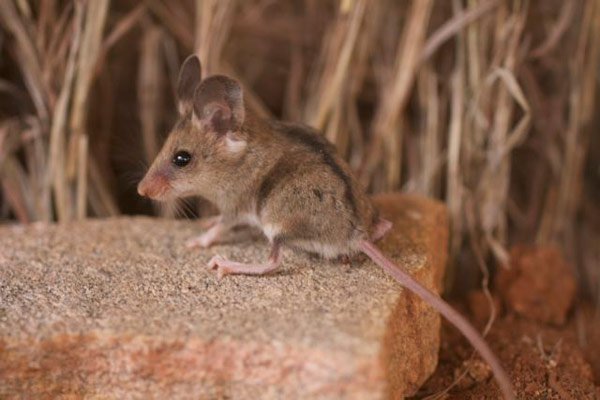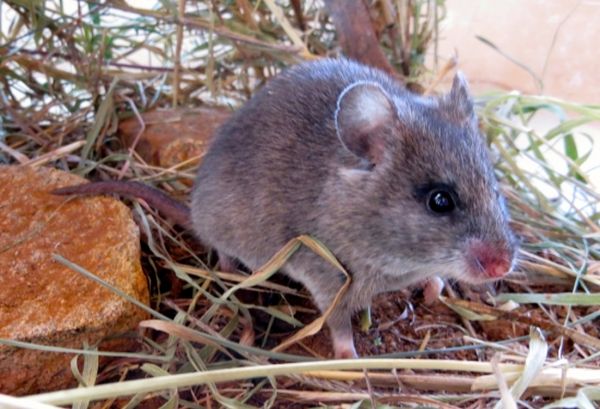Every creature that lives on this planet has a role to play in maintaining a balance in the nature. Many animals have got extinct or on the verge of getting extinct, mainly because of human activities like deforestation, poaching, pollution and other activity. Following the extinction of large animals, the population of smaller animals like rodents will surge rapidly and this imbalance will have dire consequences on the health of humans.
Such small creatures like rodents are the common carriers of pathogens that lead to deadly human diseases. Researchers from the Stanford University are of the view that in the absence of large animals, population of rodents will increase and this would increase the risk of deadly disease spreading to humans.
According to Rodolfo Dirzo, an environmental science professor and senior fellow at the Stanford Woods Institute for the Environment and co-author, the population explosion of rodents will have dreadful consequences for humans. Data from the study shows that maintaining a balance of fauna population has a positive effect on human health by keeping bacteria at bay.
To understand the effect on human health that would be caused following the decline in the population of large animals, researchers isolated many 2.5 acres (4 hectare) areas of savanna land in Kenya. The isolated areas restricted the entry of any large animals like giraffe, elephants or zebras. The researchers observed these areas for over 2 year’s time and noticed that the population of rodents in such areas have nearly doubled. They believed the rodents population increases mainly because of the ample availability of food and cover, apart from other reasons.
Researchers in this study, explicitly investigated the presence of a bacteria known as Bartonella, that are commonly found around the world and are known to cause severe long term harm to various organs as brain, heart, spleen and lungs. They say, an unchecked rodent population that carries pathogen-infected fleas, means increased risk of fatal disease for humans.
As per another researcher and assistant professor at the University of California, Hillary Young, human activity can increase the danger of fatal diseases. Animals carrying pathogens are the culprit that causes nearly 60 percent of all known diseases in humans. Pathogens that are transmitted by flea are common and can be found from suburban regions to tropical forests. Diseases like typhus and plague, spread when humans come in contact with infected rodents. Such rodent borne diseases are common in East Africa, where most of the health centers are not even equipped to detect and treat such diseases.
Researchers are trying to study further and understand the rapid effects on human health following the decline or extinction of large animals that mainly keep a check on the population of smaller animals. They also aim to study how the habitat change influences the presence and dynamics of various rodent-borne pathogens. And how the danger of disease from these pathogens equal up with disease prevalence in humans.
The findings from the study will help the government to understand how their decision on the land use can severely affect health of people in the future. Therefore, now that they know the linkage between a healthy ecosystem and human health, the need of the hour is to conserve our forests and all species of animals. Not just diseases, the rodents damage agriculture goods. Imagine the situation, humans would face if the rodent population goes unchecked.
Source: Stanford





